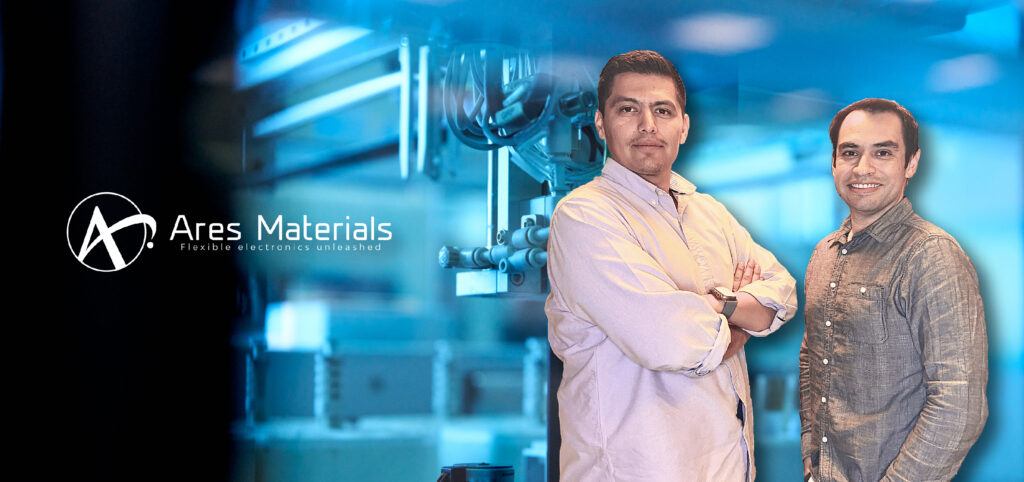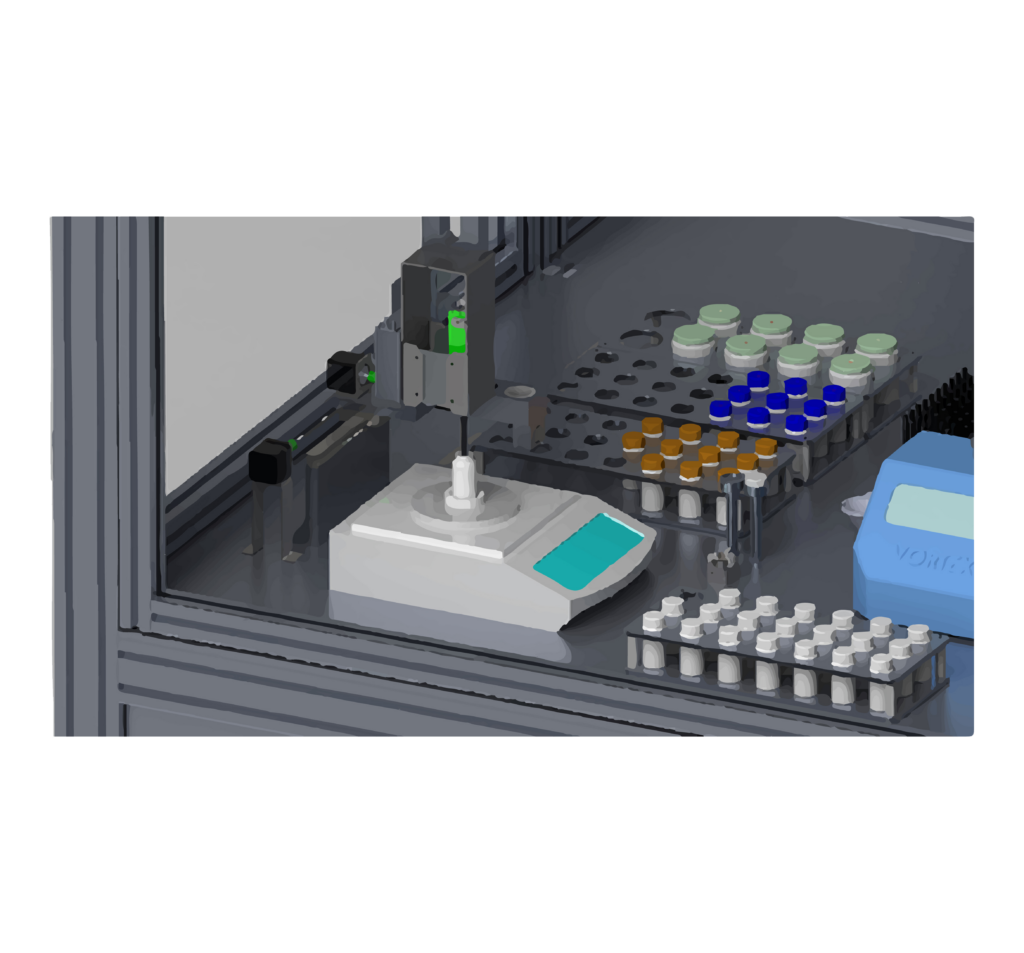
Materials on Display
By Tim Stobierski
April 2023
In the 1950s, the only screen most Americans saw was the one on their television. Today, screens are all around us — in our televisions, yes, but also in our smartphones, laptops, tablets, wearables, and even our cars. By some estimates, the average American interacts with more than 10 different screens a day.
We owe this ubiquity to a number of different factors, including the fact that material scientists have managed to create screens that are thinner, lighter and more resilient than those that came before.
Thanks to recent advances in materials design, we may be on the cusp of the next great leap in the evolution of screens and digital displays. Smartphones that can be folded in half. Television screens that can be rolled up and put away when not in use. Digital displays built directly into a car’s windshield so you can check your speed without taking your eyes off of the road. It may sound like science fiction, but those are the kind of results that Ares Materials was founded to achieve.
Thanks to recent advances in materials design, we may be on the cusp of the next great leap in the evolution of screens and digital displays.
“The key to bringing many of these next-generation electronic displays to life lies in identifying and developing polymers, molecules and materials that can be used to create thinner, more flexible, and generally more resilient screens capable of functioning under different conditions,” says David Arreaga, CEO and Co-Founder of Ares Materials.
Unfortunately, the field of materials science can be notoriously slow-moving. According to David, it typically takes 10 years and about $400 million to go from a new material to a consumer product. “Materials science, like all physical sciences, is a largely iterative process,” he says. “It’s trial and error. At Ares, our goal is to bring that development timeframe down to a single year — and at a fraction of the cost.”

Ares leverages artificial intelligence (AI) and machine learning to evaluate the molecules they’re working with to determine which are best suited to a given application. “Materials science is a multivariable field, and developing new materials requires you to understand how all of those different variables interact with one another,” David says. “But the reality is that humans are pretty bad at handling more than one variable at a time in an experiment. With machine learning, it’s possible for us to consider all relevant variables at the same time when evaluating a material.”
The company is already having success with this process. In the past 12 months, Ares has entered into codevelopment agreements with two major electronic component manufacturers. The company has also built out its pilot production line, which is capable of making screens in sufficient quantities to satisfy industrial clients.
In the past 12 months, Ares has entered into codevelopment agreements with two major electronic component manufacturers.
“This is an area where a lot of new materials technologies fail: moving from lab to scale,” says David. “We’ve checked that box.”
